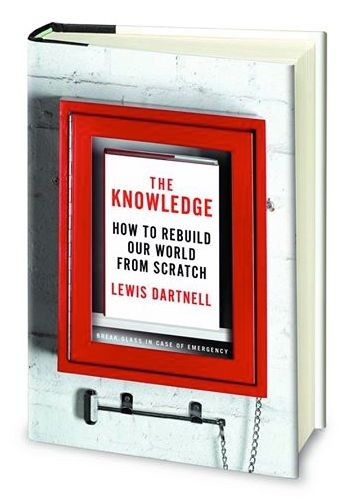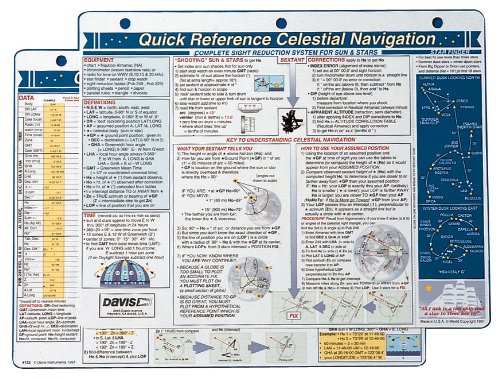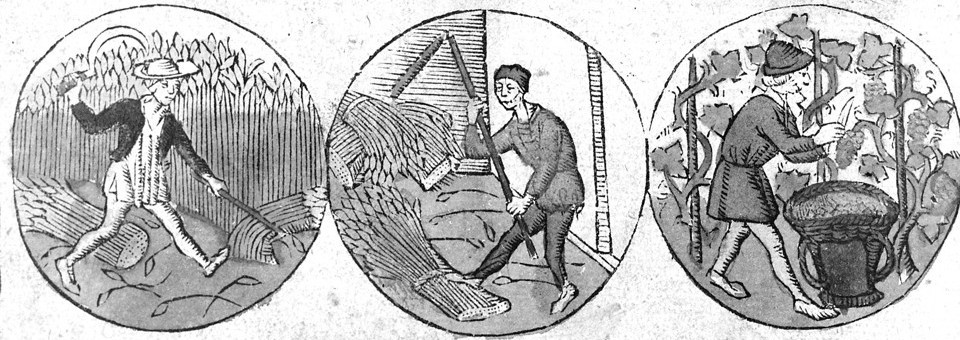This post was written for Merck and the Merck Curiosity Initiative
If there’s one feature that unites scientists across all different disciplines and fields – from microbiologists to astronomers and geologists – it would be an insatiable curiosity. Of course, people from many other walks of life are curious in their work or personal life, but within research this process of exploring the world around us has been rigorously formalised into what we call the Scientific Method.
In essence, the scientific method is simply a way of coming to understand how nature works, and gaining mounting confidence that your explanations are likely to be true. Scientists observe the world carefully, trying to spot patterns in its behaviour, and then think of an explanation – an hypothesis – that would account for what we see. Whenever nature is being confusing or overwhelming we set-up carefully-constrained circumstances to remove complicating factors and allow us to investigate one particular aspect in detail – this is the essence of an experiment. An experiment is just a way of asking a clearly-worded question of the universe and watching how it responds. Using these tools, we keep testing our hypothesis and if it continues to explain what you see then it becomes a well-established theory or law, and if not you must throw it out and start again with a now better-informed explanation. The history of science is the repeated realization that we have been wrong, and stepping forward with a more reliable hypothesis. This is what makes science such a fabulously effective means for understanding the world and ensuring that our explanations become better over time – far more so than other belief systems. Science isn’t a list of facts that you know, it’s how you can come to know them in the first place. And underlying it all is the knowledge-generation machinery of the scientific method, fuelled by human curiosity.
So most of science is keeping a close eye on the natural world and spotting patterns in its behavior. Or even more thrillingly for piquing your curiosity, times when something doesn’t fit the established pattern; an anomaly. Anomalies are simply occasions when something doesn’t behave in the way that you’d been expecting from past experience. They are when you sit back and say, ‘Hmmm, that’s odd’. And this is when you get most excited as a scientist, because it means you may have stumbled across something novel – a previously unknown principle working behind the scenes. A new discovery. Some of these moments have lead to the biggest breakthroughs in history. A compass needle twitching next to an electric wire triggered the profound realization that electricity and magnetism are deeply linked and can be converted between each other, and which today forms the very foundation of our modern world, from electric motors driving desktop fans or cars to the generators in power stations. And noticing a curious halo cleared of bacteria around a patch of mould on a petri dish opened the world of antibiotics.
These examples hint at the second crucial gift that scientific curiosity gives us all. Whenever a new principle of the natural world is discovered it opens the gateway for exploiting this fresh understanding for improving our lives. Different technologies are no more than artefacts that we have designed to exploit particular effects or principles to perform something useful for ourselves. The incandescent light bulb that revolutionized how we live our lives, for example, takes advantage of the fact that a thin wire with electricity passed along it will get very hot and glow brightly, whilst stopping the filament burning away in the process. Exploiting new principles also allows us to build more scientific instruments and experiments – new tools for inspecting or testing the world in different ways. From the thermometer to the telescope and microscope to an infrared spectrometer, these technologies have driven yet more fundamental discoveries and so the unearthing of further natural phenomena. Scientific curiosity itself creates more tools for pursuing this curiosity.
But underlying all of this formalism and experimental protocol is the same burning curiosity as any child brimming with inquisitiveness at the world – always running to see what’s around the corner, or playing with objects to see what they do and how they work, and asking unending questions of their parents. And for me, this is what scientific curiosity is all about. But in this case, there’s no higher authority you can ask questions. You have to work out the answers yourself. (You you can explore the different dimensions of scientific curiosity – inquisitiveness, openness to other ideas, distress tolerance, and creativity and problem-solving – in the Curious Elements interactive website)
My own field of research, in astrobiology, is engaged in the search for life beyond the Earth. In some ways this is one of the newest areas of science, made possible with recent developments in our understanding of the limits of life on Earth, our capability in building sophisticated robotic probes to explore the other planets and moons in our solar system, and space-based telescopes able to spot new worlds orbiting other stars in the galaxy. But in one sense it’s also one of the most ancient forms of human inquiry – the ages-old curiosity with whether we are alone in the universe, or perhaps there are beings somewhat like us out there within the twinkling heavens.
As you might expect, astrobiology involves lots of different scientific fields – it is deeply ‘interdisciplinary’. Astrobiology sits in the middle of the Venn diagram of biochemistry, microbiology, geology, planetary sciences, physics and astronomy, and works closely with instrument designers, roboticists and engineers as well. My particular area of research – the focus of my own curiosity – is on some of the hardiest forms of life on Earth. These survival superheroes, called extremophiles, tolerate incredibly harsh environments – the driest deserts on the planet, highly acidic or alkaline waters, boiling hot or freezing cold conditions, or punishingly high levels of radiation. I visit these extreme environments on Earth – many of which are very Mars-like in important respects – to understand how life can survive there, and crucially how we might go about detecting signs of martian bacteria with our robotic explorers. I do this because I find it insanely interesting, but astrobiology could also potentially answer one of the most profound questions ever asked: are we alone…?
Lewis Dartnell is an astrobiology researcher and Professor at the University of Westminster. He has published a popular science book introducing astrobiology, Life in the Universe: A Beginner’s Guide, and his latest book, The Knowledge: How to Rebuild our World from Scratch is a Sunday Times Book of the Year. To explore further the role of curiosity in breakthroughs, visit Merck’s Curiosity Initiative.
Disclaimer: This post was written for Merck and the Merck Curiosity initiative. I remained in full control of the idea and concept of this piece, including all the writing, research and editing. In the United States and Canada, Merck is known as Merck KGaA, Darmstadt, Germany.
 Want to read more about the behind-the-scenes fundamentals of how our modern world works, and how you could reboot civilisation if you ever needed to...? Check out The Knowledge - available now in paperback, Kindle and audiobook.
Want to read more about the behind-the-scenes fundamentals of how our modern world works, and how you could reboot civilisation if you ever needed to...? Check out The Knowledge - available now in paperback, Kindle and audiobook.


 In the broad sense, The Knowledge is a compendium of information useful to post-cataclysmic persons and societies. The near-term object is to help survive and thrive in collapsed conditions, while the greater goal is renaissance.
In the broad sense, The Knowledge is a compendium of information useful to post-cataclysmic persons and societies. The near-term object is to help survive and thrive in collapsed conditions, while the greater goal is renaissance.

 The excellent people at
The excellent people at